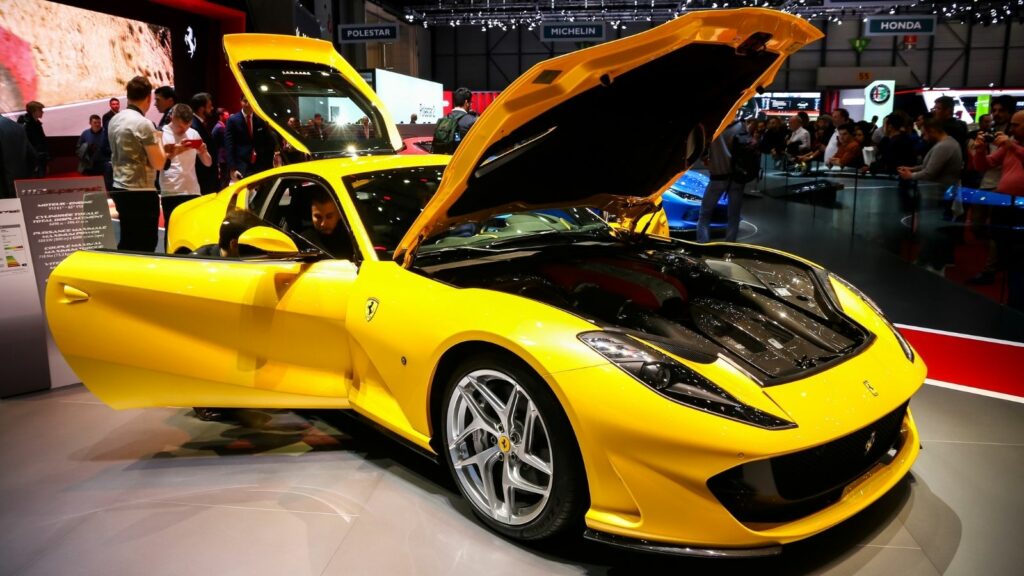Supercars are built for speed, style, and exclusivity that makes mere mortals sigh in envy. But for every Ferrari or Lamborghini that takes the world by storm, some supercars crash and burn in the marketplace. Why? Was it bad marketing, ludicrous pricing, or something else? Here are 10 luxury car flops and the lessons we can learn from them.
Jaguar XJ220 (1992-1994)

Imagine you’re ordering the most expensive steak at a fancy restaurant, only to be served a hamburger. That’s how Jaguar fans felt when the XJ220, promised with a thunderous V12 engine, showed up with a V6. Originally touted to break speed records, this car became the fastest production car in 1992, hitting 217 mph. But at £470,000 (around $1 million in today’s money), buyers weren’t impressed with the “downgrade.” Apart from engine disappointment, the early ’90s recession hit hard. Customers backed out of pre-orders, and only 275 of the planned 350 were sold. The lesson? Don’t promise steak and deliver a burger, even if the burger is fast.
Bugatti EB110 (1991-1995)
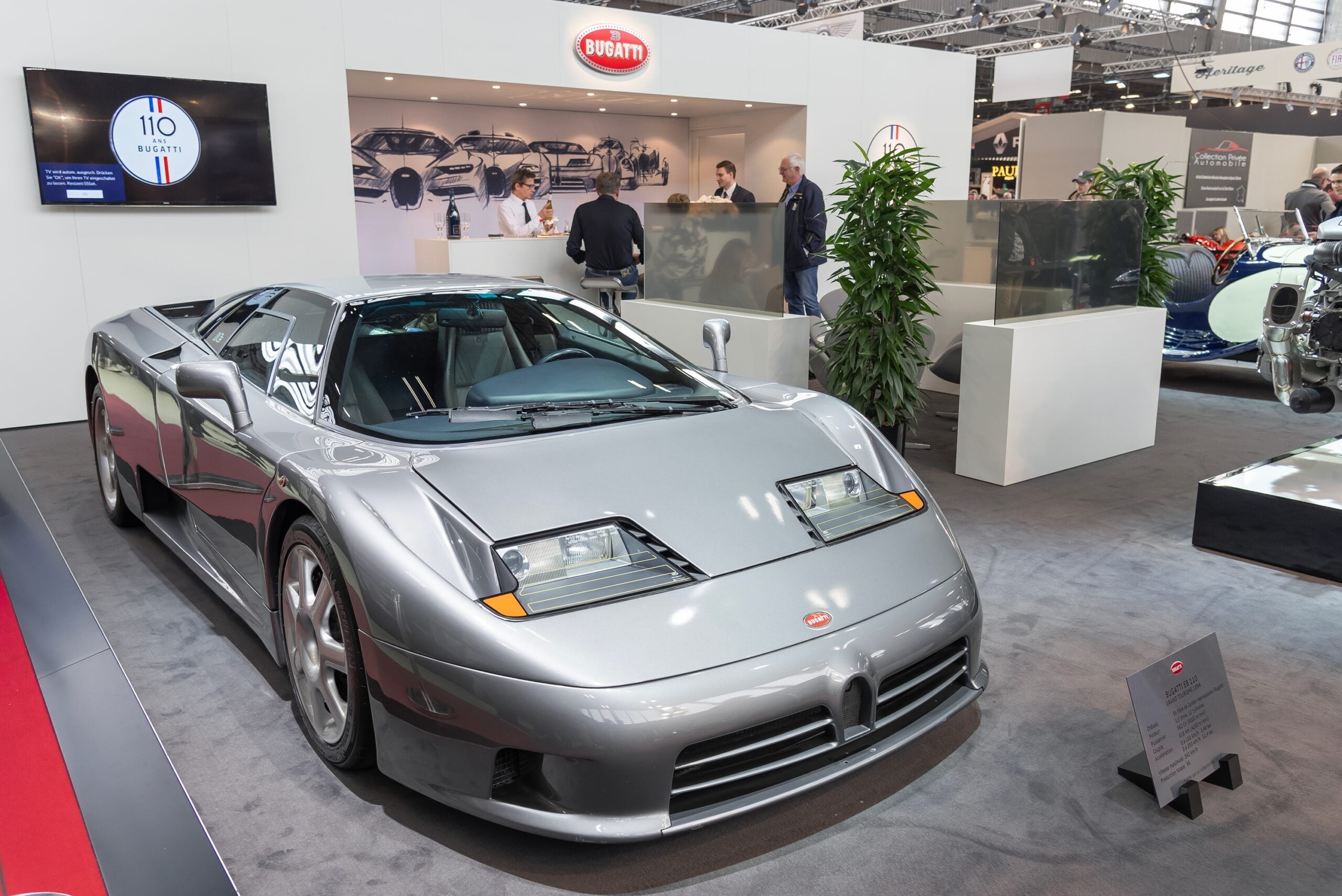
Built to celebrate the 110th birthday of company founder Ettore Bugatti, the EB110 was laden with technology, including all-wheel drive, a quad-turbocharged V12, and a price tag of $350,000. It was impressive, but perhaps a little too impressive. The reason for its flop was timing. The EB110 launched just as a global recession hit. Bugatti went bankrupt in 1995, with fewer than 150 units sold. Lesson here? Sometimes, being ahead of your time isn’t the smartest strategy when no one can afford you.
Aston Martin Lagonda (1976-1990)
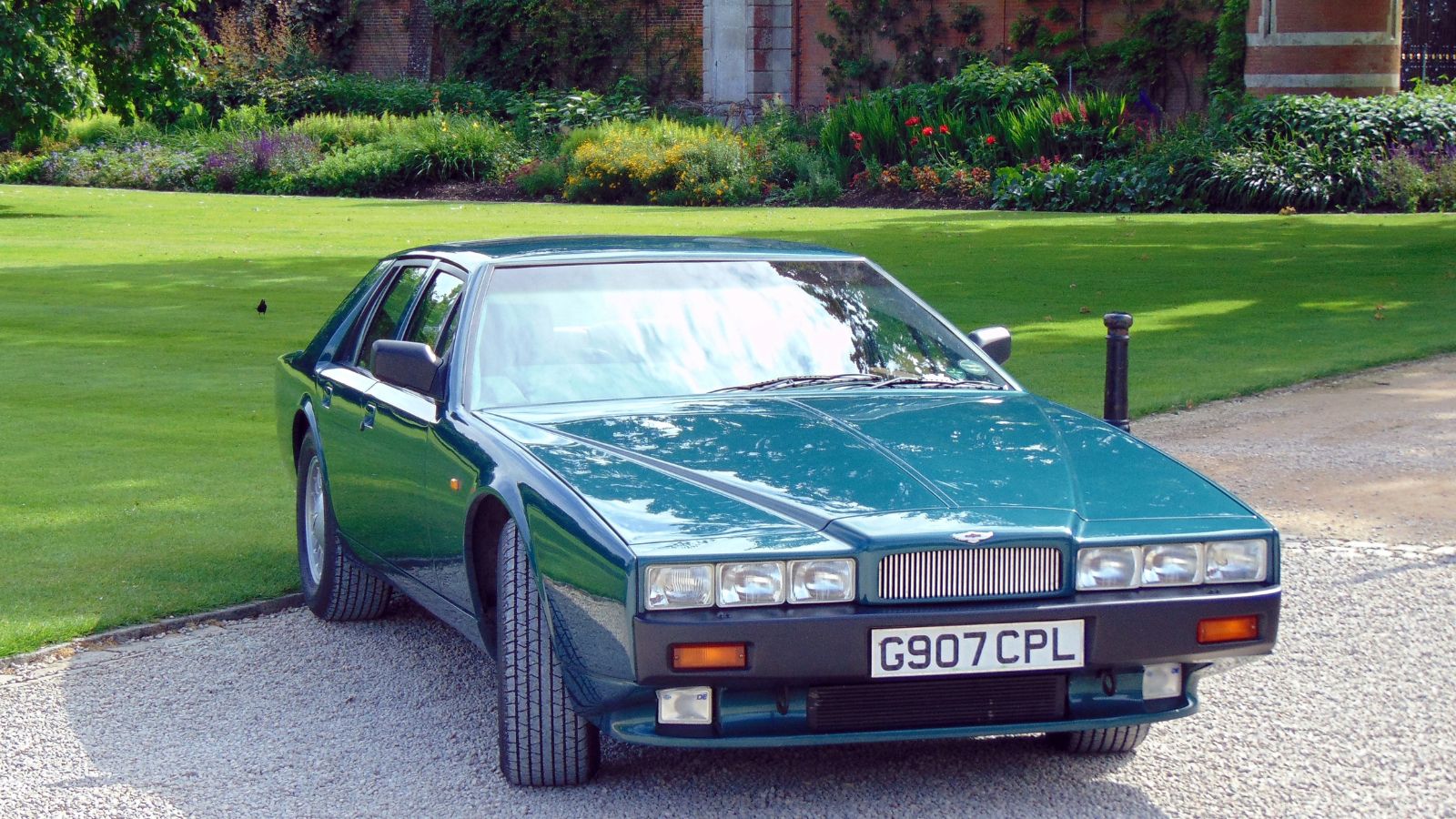
The Aston Martin Lagonda was supposed to be the future of luxury, but it turned out to be more of a horror show. Its angular design might have looked cool in the same way a brick might look aerodynamic, but the car’s technology really set it apart. The futuristic digital dashboard and touch-sensitive controls were a nightmare to operate. High-tech in the ‘80s was basically the equivalent of slapping a NASA sticker on a VCR and calling it advanced. The car’s gadgets constantly broke down, and production delays were the nail in the coffin. The company learned to not overpromise on tech, or you’ll spend your days explaining why your “futuristic” car needs regular exorcisms.
DeLorean DMC-12 (1981-1983)
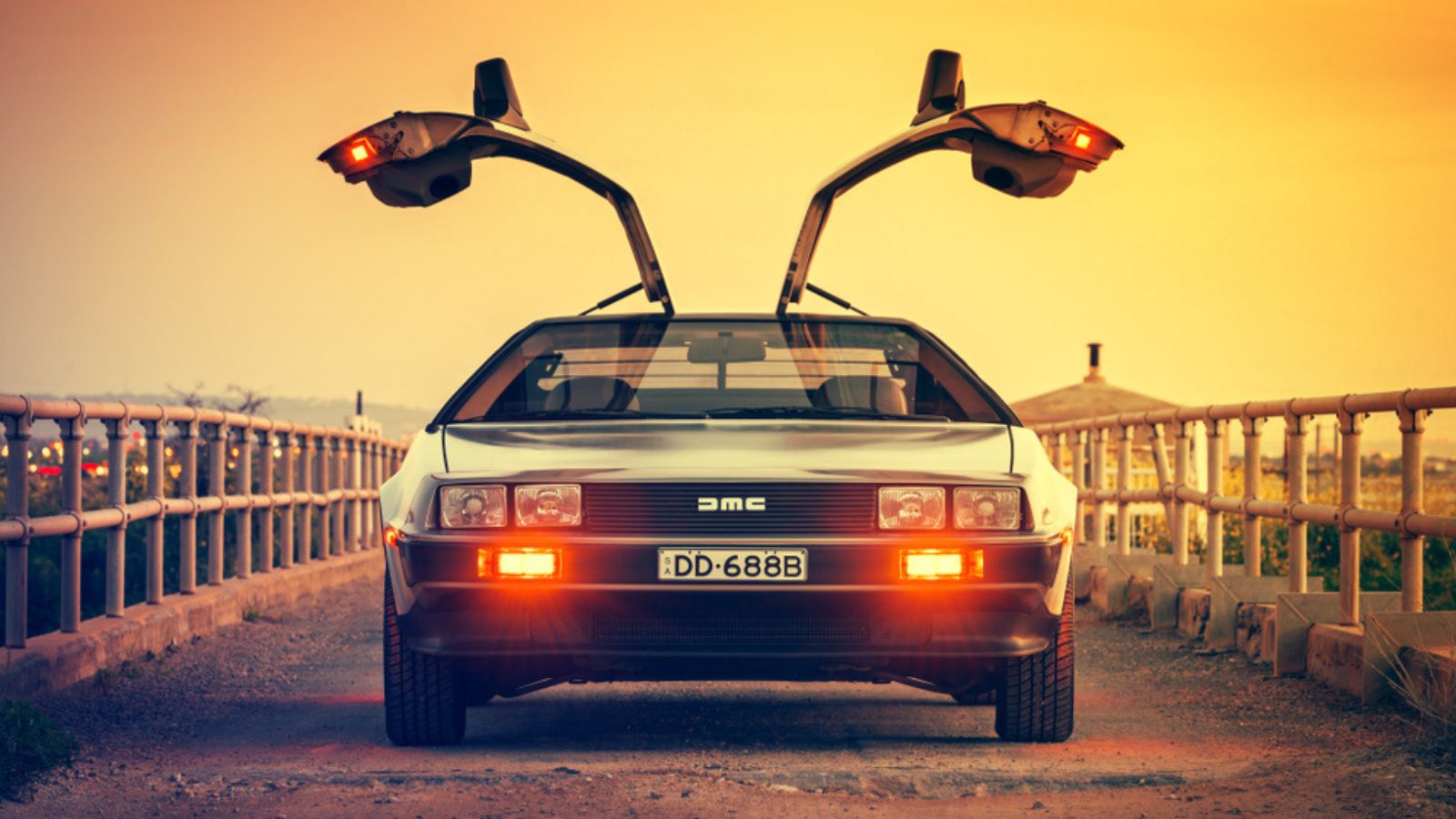
Thanks to “Back to the Future,” the DeLorean is one of the most famous flops in car history. John DeLorean envisioned creating a stainless steel, gull-winged supercar that looked like it belonged in a sci-fi movie — and it did, just not in real life. The car was underpowered, handled like a soapbox racer, and saddled with quality issues. Not only was the car a dud, but the company itself collapsed in scandal. Around 9,000 units were made before the factory shut down completely. All the while proving that if your car is best known for time travel, it’s probably because it couldn’t survive in its era.
Cizeta V16T (1991-1995)
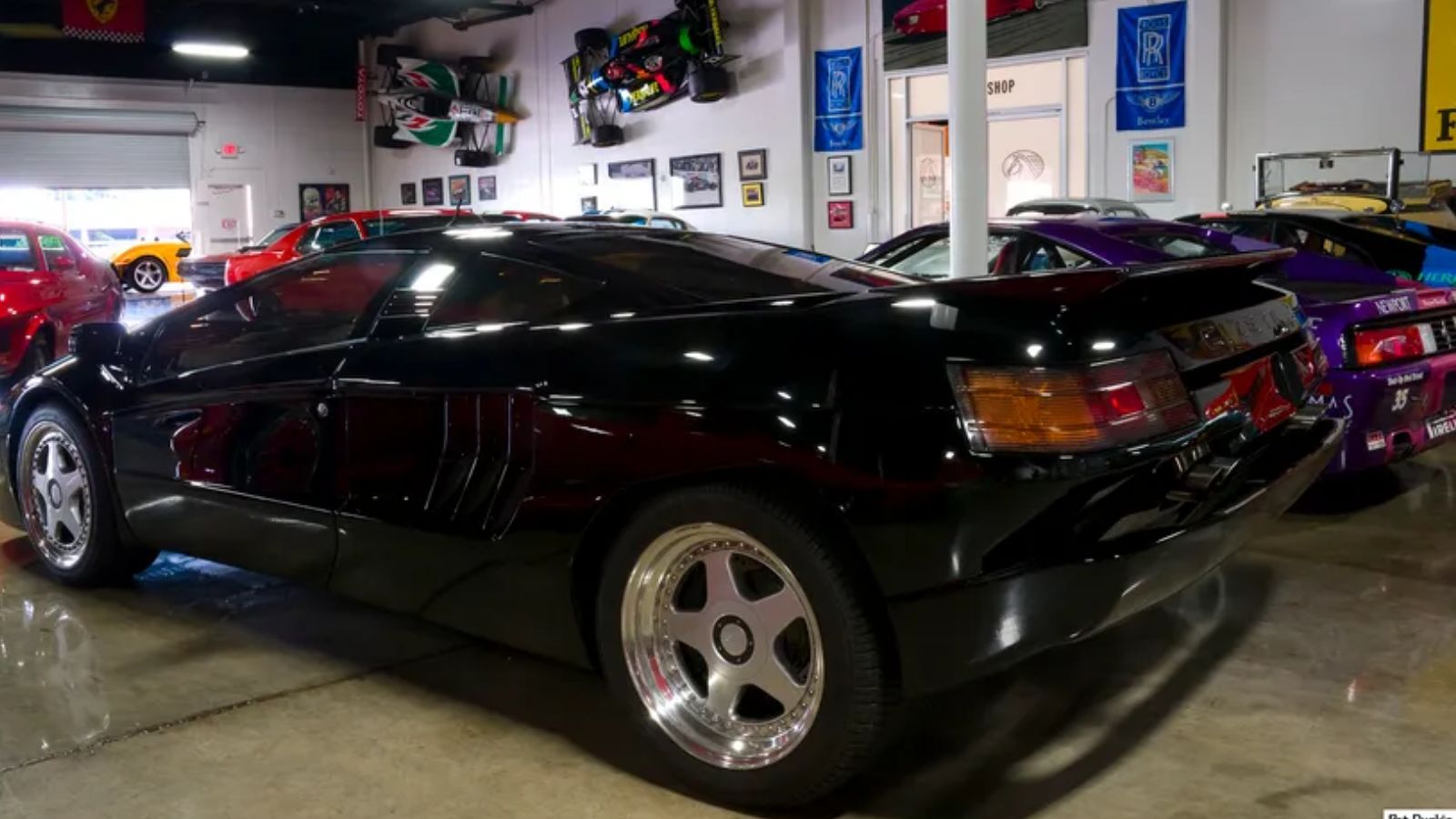
Cizeta’s V16T was the answer to a question no one asked: What if we shoved two V8 engines together to create a V16 supercar? Designed by Claudio Zampolli and with the financial backing of music producer Giorgio Moroder, the V16T was like a supercar from an alternate universe. It was fast, it was loud, and it was totally impractical. To no one’s surprise, the car turned out to be too complicated, too expensive ($650,000), and frankly, no one knew what to do with it. Only 12 units were sold. Lesson? More is not always better, especially when “more” means “more of a headache.”
Vector W8 (1989-1993)
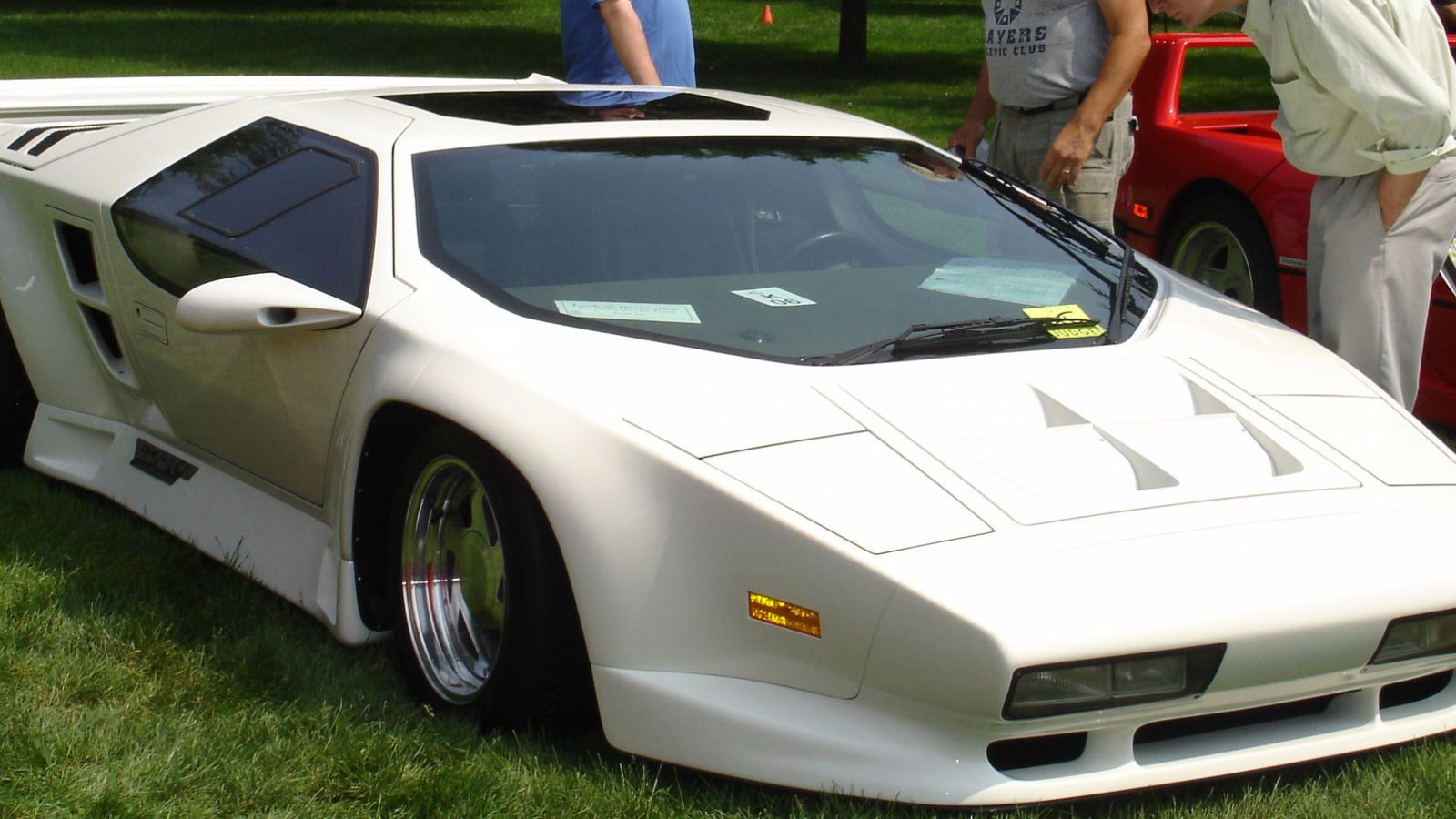
The Vector W8 was the self-proclaimed “American Supercar,” boasting aerospace technology, cutting-edge design, and a twin-turbo V8. Even though it looked like something out of a video game, it was a nightmare to drive in real life. Customers reported that it is handled like a refrigerator on roller skates. Only 17 were ever made, and the company collapsed amid legal battles. This collapse taught the auto industry that if you talk the talk, make sure your car can stay on the road.
Lamborghini LM002 (1986-1993)

Picture this: Lamborghini, known for sleek supercars, decides to build an SUV. Enter the LM002, a giant, boxy, military-grade vehicle with a V12 engine. It was designed for wealthy oil barons and eccentric collectors, which is another way of saying it had an extremely limited audience. Priced at over $120,000, the LM002 was more than most people were willing to pay for a car that handled like a tank and drank fuel like one. It was a surprise that even 328 units were produced. Teaching that sometimes stick to what you know, or your supercar might look like it belongs in a war zone.
Spyker C8 (2000-2010)
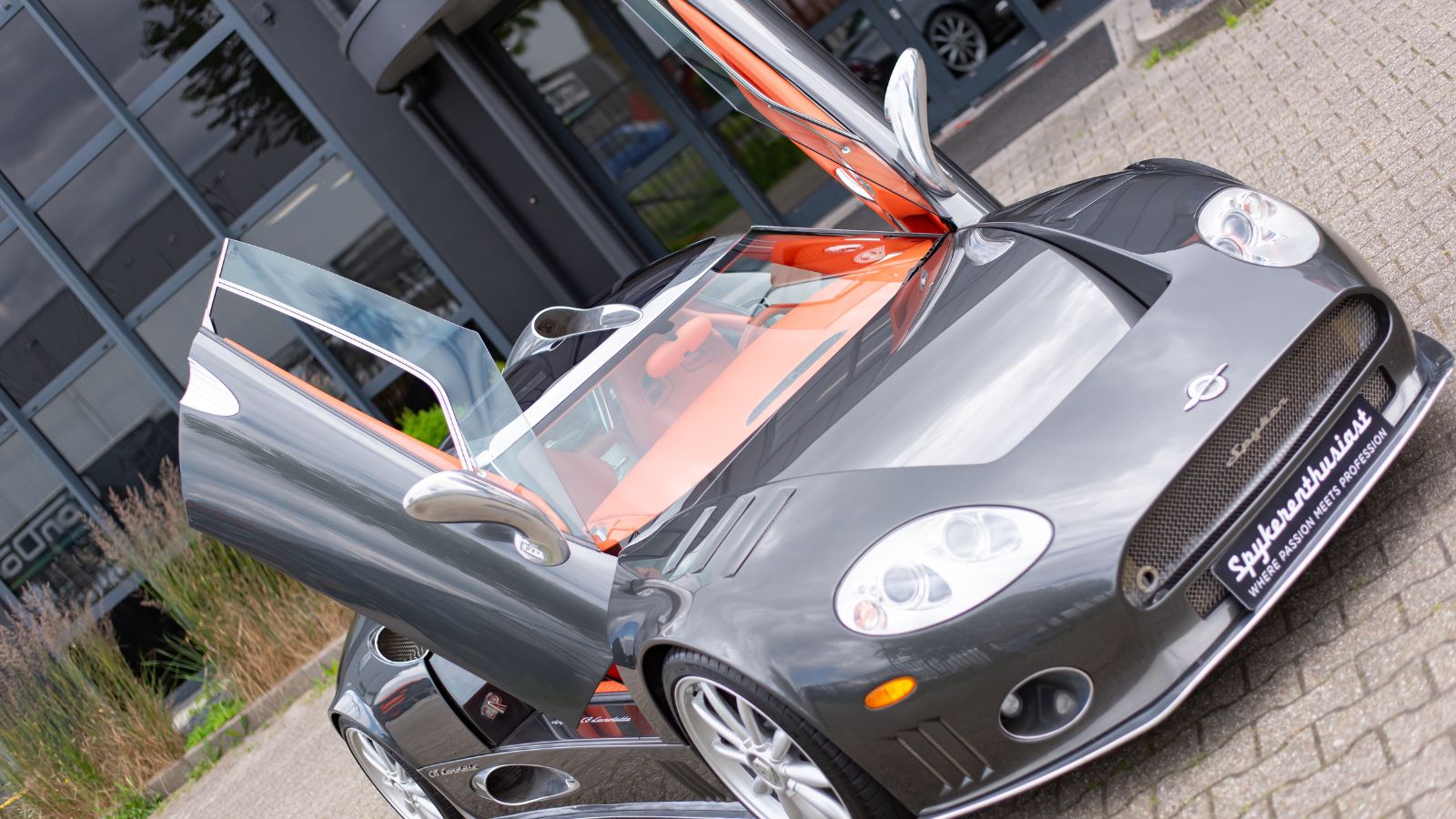
This car taught the world that even the most beautiful car can’t survive without the muscle to back it up. The Spyker C8 was a beautiful piece of automotive art, with hand-stitched leather interiors, stunning design, and craftsmanship that would make a Swiss watchmaker jealous. The problem? It was expensive and lacked the power and performance to justify its $350,000 price tag. In a market where buyers expect Ferraris or McLarens for that kind of money, the C8 was outmatched. Spyker’s financial troubles and inability to compete with the big boys meant the C8 remained a niche product. With even fewer than 300 were sold.
Ferrari Mondial (1980-1993)
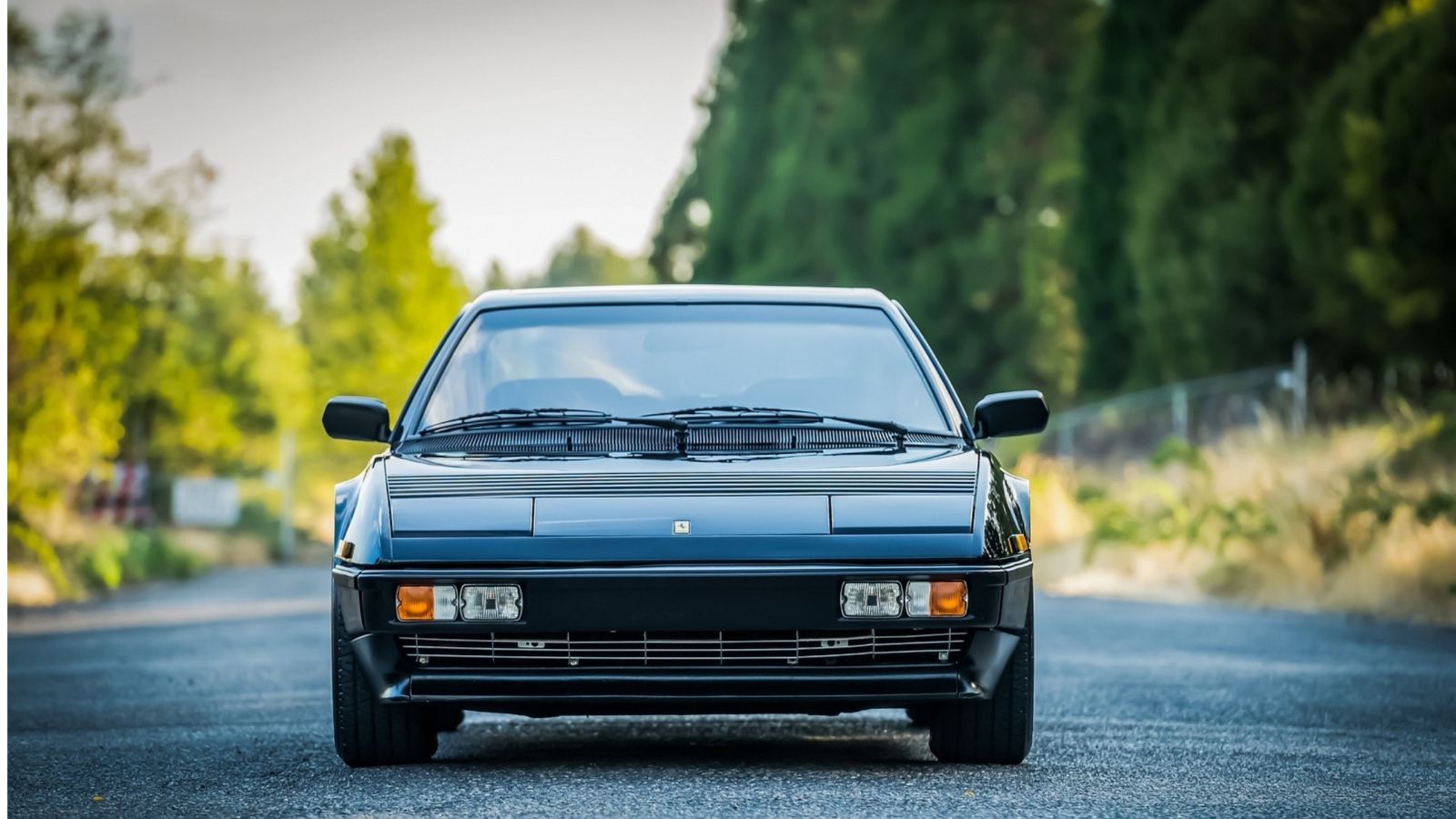
It’s hard to imagine Ferrari flopping, but the Mondial proves that even the best can stumble. While not technically a supercar in performance, the Mondial was Ferrari’s attempt at making a more “practical” Ferrari featuring four seats. But for many, a practical Ferrari was like a gourmet frozen pizza — it just didn’t make sense. With a weighty body and underwhelming performance, the Mondial didn’t live up to Ferrari’s reputation for speed. Buyers shielded away, and the car’s resale value tanked. Practicality is overrated when you’re a brand built on excess, and ultimately, changing your USP is not always the best marketing decision.
Maserati Biturbo (1981-1994)

This car proved that you can slap a turbo on anything, but nobody will care if it breaks down constantly. Maserati tried to revolutionize the luxury market with the Biturbo, a twin-turbocharged V6 sports car. The car was plagued by reliability issues, with engines blowing up faster than a fireworks display on the 4th of July. Maserati hoped the Biturbo would lead to a revival; instead, it almost led to the company’s demise. Poor build quality, frequent breakdowns, and a terrible reputation for reliability. Only a few thousand were sold before the model was scrapped entirely.
12 Cars That Are Known for Their Unbreakable Reliability — They Just Don’t Quit
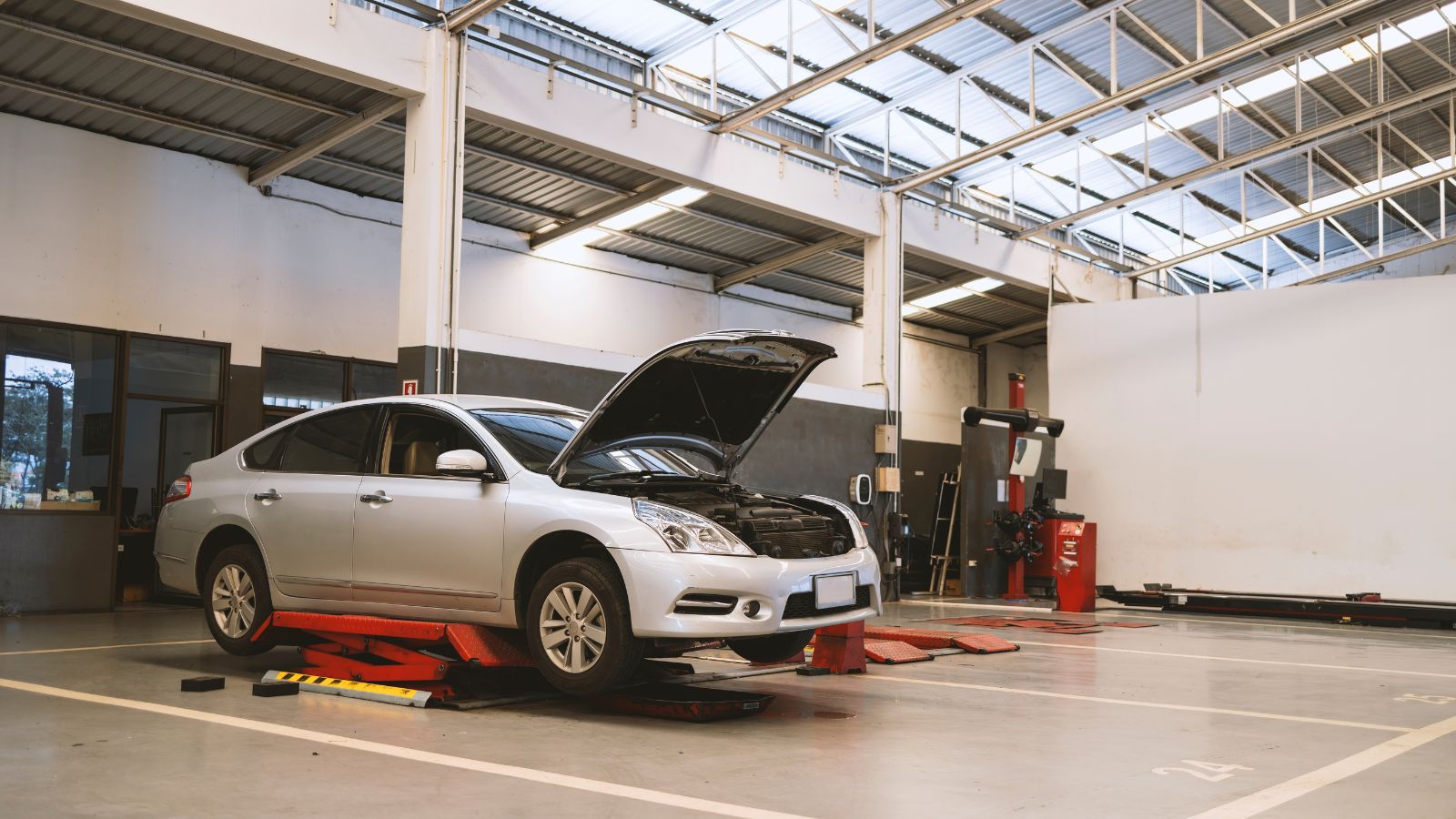
Reliability is a core feature that defines a vehicle. Over the last few decades, some vehicles have emerged as a reliable and durable option, standing out as workhorses that never quit. These vehicles not only prove themselves in terms of performance but transcend their role and become reliable partners, always fulfilling their role. Here are 12 Cars known for their unbreakable reliability.
12 Cars That Are Known for Their Unbreakable Reliability — They Just Don’t Quit
